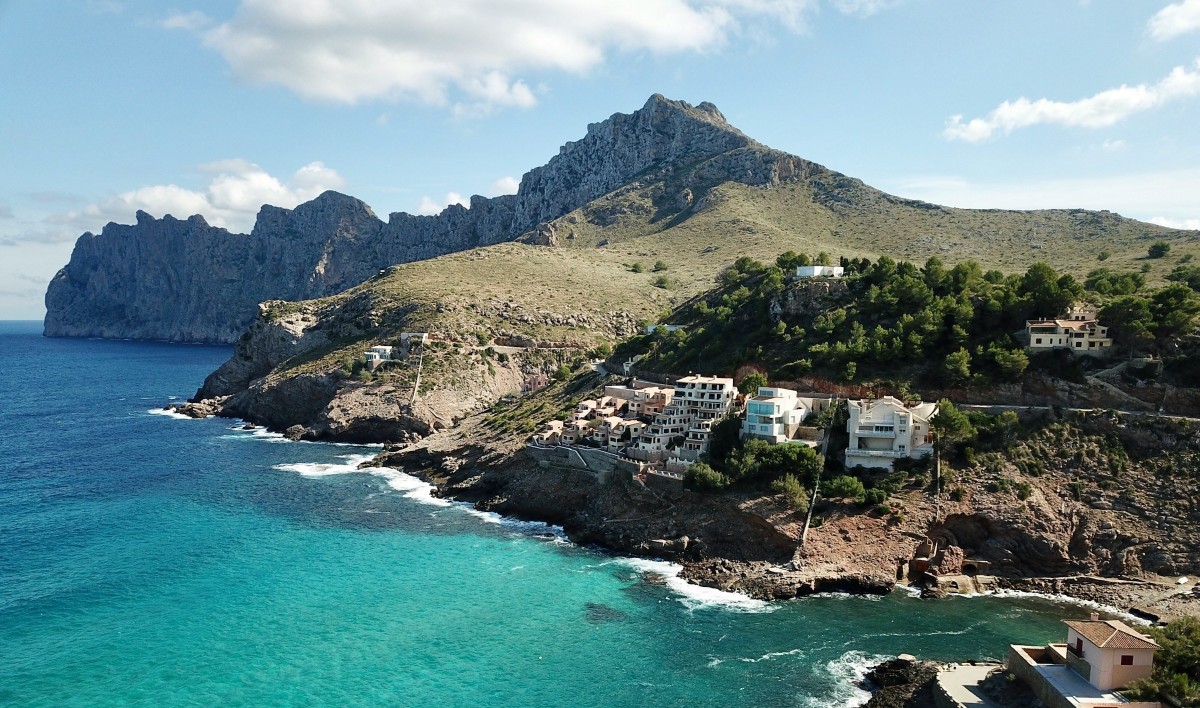
Property transactions tend to rise during summer, according to the experts consulted, which is why a slight increase in prices is also predicted. Prices have generally increased so far this year, but only moderately, by between 1% and 2%, a figure lower than inflation, which is expected to remain above 3%. According to Alfa Inmobiliaria, new builds could experience a greater increase in price due to their scarcity and more modern construction standards, which justify a higher price.
For this summer, and according to Jesús Duque, vice-president of Alfa Inmobiliaria, the price increase depends on several factors. "They will rise, but because none of the issues causing them to increase have been reversed". For the expert, the number of transactions in the summer may increase, especially among private buyers who are at an advanced stage of the decision, and who have pre-approved financing and a clear knowledge of the market.
"Summer tends to generate faster transactions, which could keep prices stable or even push them slightly upwards due to the readiness to close deals quickly. However, we do not expect significant price increases."
For his part, Leonardo Cromstedt, president of Keller Williams Spain-Andorra, expects house prices to keep rising this summer due to several key factors.
"The first is that interest rates are expected to correct downwards, making mortgages more affordable and stimulating buying. In addition, in times of high inflation, housing is considered a safe haven, attracting both investors and private buyers, especially in high-value urban areas."
Cromstedt also notes that seasonal market activity also plays an important role, as many buyers make use of having more free time to arrange viewings and close transactions, putting upward pressure on prices.
"Based on these factors, we at Keller Williams, project a slight increase of 1% to 3% in house prices between now and September/October."
Who buys and sells homes in summer?
Alfa Inmobiliaria points out that during these months there tends to be a mix of buyers who need a new home to start the new academic year (September) and the usual phenomenon that usually occurs when there is a significant turnover in housing supply.
"Many owners put their properties on the market to take advantage of the seasonal peak in demand, while others withdraw them for various reasons, such as being afraid that their property will "get burnt" or because they do not feel it's the best time to sell. However, we do not expect very significant price increases.
The areas where house prices are set to rise
Duque is clear that the sector is picking up at this time of year on the coast and in large cities. "This increase is driven by buyers having more free time, as they use their holidays to view and decide whether to buy a property or not. According to our data, viewings to buy a property increase on average by 10% during the summer, reaching up to 15% in coastal areas".
The Chair of Keller Williams Spain-Andorra points out that coastal areas become especially sought after due to the large number of holidaymakers who, taking advantage of their holidays, are looking to purchase a second home or an investment property. And this increase in demand is translating into upward pressure on prices.
"During these months of the year, viewings from American buyers increase a lot. It is normal for virtual viewings to increase before the summer season, and physical viewings take place in the summer, as they take advantage of their stay in Spain".
Moreover, he comments that, in the big cities, summer gives buyers more free time to explore and decide on purchases, which also generates an increase in prices.
"These high-value urban areas benefit from continued demand from investors who see housing as a safe haven in times of inflation, reinforcing the upward trend in property prices this season."
The most active regions in terms of property sales in the coming months will be those with a more dynamic economy, which are more attractive for tourism, with good infrastructures and a better quality of life. "Madrid and Barcelona continue to be the main economic centres that attract foreign buyers in Spain, with a high demand for housing because of the employment, universities and services they offer".
Other cities such as Malaga, including Marbella and Estepona, the Valencian Community, with Valencia and Alicante leading the way, and the Balearic and Canary Islands are also very interesting destinations for both Spanish and Northern European buyers looking for a second home in a warmer climate, and with infrastructure, accessibility and a relatively lower cost of living than in their own countries.

